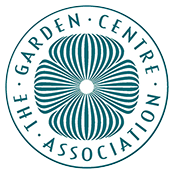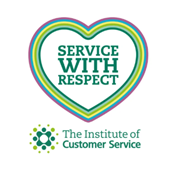
Make a Buzz! Webbs Spring Campaign
Numbers of wild bees are in decline, and one of the biggest problems for pollinators is a lack of flowering plants, especially those packed with pollen and nectar. As urbanisation of the natural landscape continues to speed up this problem is likely to increase. We need bees, bees need us - and so our team will be highlighting ways in which you can help to encourage bees and other pollinating insects into your garden, just look out for our displays in-store when you visit.
RHS Plants for Pollinators:
The RHS Plants for Pollinators mark is only given to plants that support pollinating insects. You can find out more on the RHS website. Our team have suggested their favourite perennials below for attracting bees into your garden.

Knautia macedonica 'Melton Pastels'. Long lasting, gorgeous pastel pincushion flowers - bees and butterflies love them. H:75cm. Flowers July - September.
Geum rivale. Native to damp woodland edges and moist ground areas, pollinated primarily by bees. H: 30-45cm. Flowers May - July.
Lavandula angustifolia 'Hidcout' (AGM*). Aromatic, cottage garden favourite rich in pollen and nectar so bees and butterflies love it. H:60cm. Flowers June - September.
Cirsium 'Atropurpureum' (AGM*). Towering thistle looks great as part of a wildflowers garden or amongst other perennials. H:1.2m. Flowers July - August.
Verbena bonariensis (AGM*). Beautiful head-height, confetti-like purple flowers are great for attracting pollinators. H:1.8m. Flowers June - October.

For the tastebuds:
Enjoy our delicious honey harvested from bees at our very own Wychbold site, from 24 hives locates on our newly installes 20-acre solar field. Our honey jars are available either set or runny and are sold in our food halls. We have a large range of honey-inspired products to choose from including Wye Valley Meadery Sparkling Meads and delicious bee-friendly oatmilk chocolates from Holdsworth.



